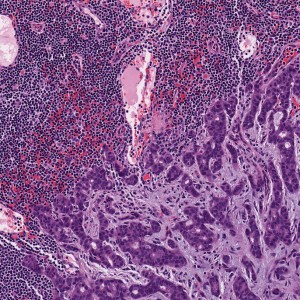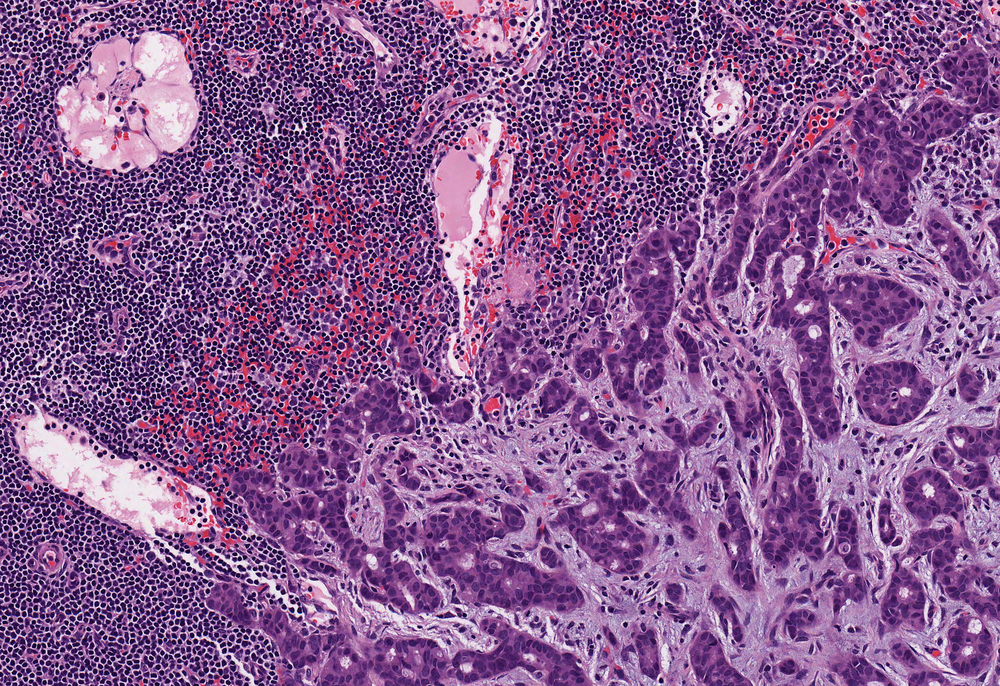 A recent study from Mayo Clinic researchers, published in the New England Journal of Medicine has shown that women who are diagnosed with atypical hyperplasia of the breast (atypia) have an increased risk of developing breast cancer.
A recent study from Mayo Clinic researchers, published in the New England Journal of Medicine has shown that women who are diagnosed with atypical hyperplasia of the breast (atypia) have an increased risk of developing breast cancer.
Of all the annual breast biopsies preformed in the U.S., roughly 1 million will diagnose atypical hyperplasia, a precancerous condition where tumor cells start to proliferate uncontrollably and form clusters with atypical patterns.
Even though these lesions are categorized as benign, they present early cancer characteristics.
In this study, data gathered from hundreds of patients diagnosed with atypical hyperplasia demonstrated an annual growth of over 1% in the risk of developing breast cancer, with this risk reaching 7%, 13% and 30% after 5, 10 and 25 years, respectively. These results categorize women diagnosed with atypical hyperplasia at high risk of breast cancer development, which means they are likely to benefit from active screening and therapy to decrease this risk.
“By providing better risk prediction for this group, we can tailor a woman’s clinical care to her individual level of risk,” lead study author Lynn Hartmann, M.D., an oncologist at Mayo Clinic, said in a news release. “We need to do more for this population of women who are at higher risk, such as providing the option of MRI screenings in addition to mammograms and encouraging consideration of anti-estrogen therapies that could reduce their risk of developing cancer.”
Early studies had already showed women diagnosed with this condition had a 4 to 5 times higher relative risk of developing breast cancer, when compared to women who did not present these lesions. However, what previous studies lacked was the necessary number of patients and follow-up time to understand the absolute risk, which means the probability of developing breast cancer throughout a certain period of time.
[adrotate group=”3″]
As such, the research team followed 698 women with atypia diagnosed between 1967 and 2001, and analyzed their medical registries, using follow-up questionnaires to understand which patients progressed to develop breast cancer, and at what period in time. The results showed that after an average follow-up of 12.5 years, 143 women were diagnosed with breast cancer.
“Instead of relying on a statistical model, our study provides actual data of breast cancer cases that occurred in a population of women with atypia. These absolute risk data are preferable to a hypothetical model,” co-lead author Amy Degnim, M.D., breast surgeon at Mayo Clinic, added in the news release.
In the light of these results, researchers recommend that women who are diagnosed with atypia should be candidates for MRI screening and receive anti-estrogen medications, such as tamoxifen, which has already proven its efficacy in lowering breast cancer risk by more than 50%.

